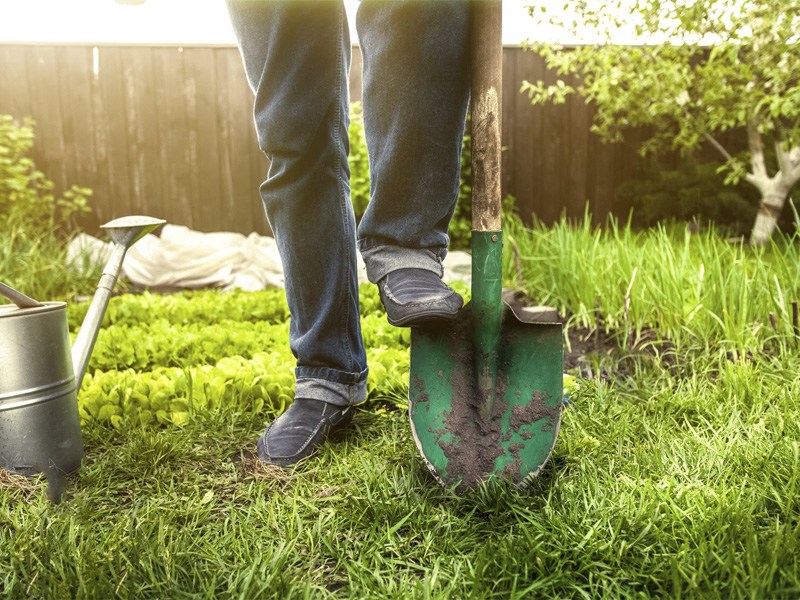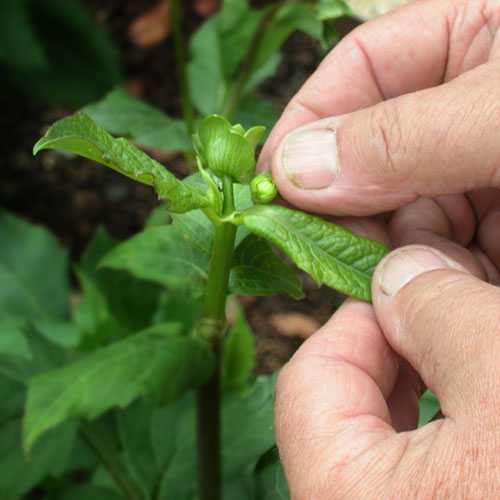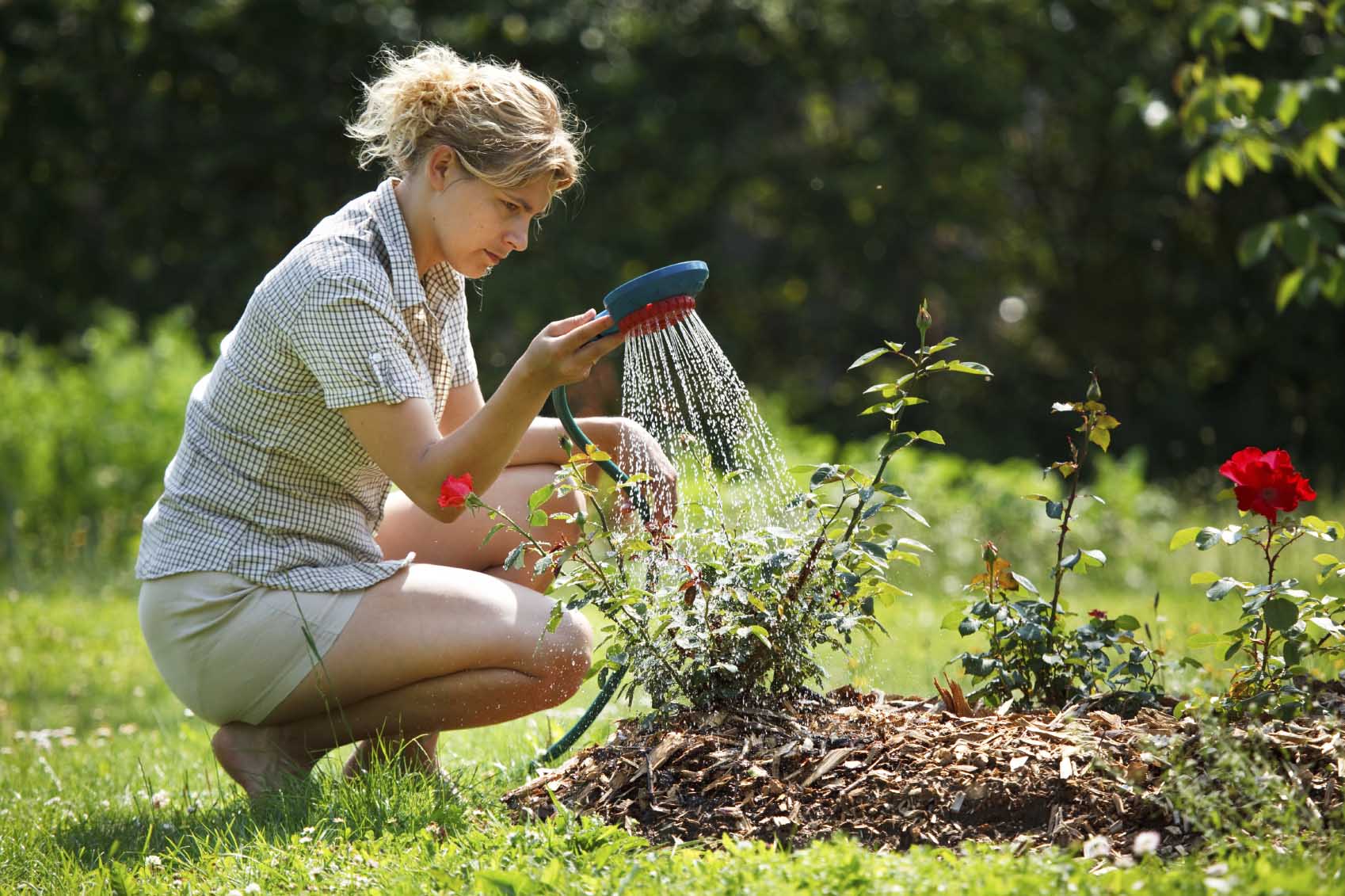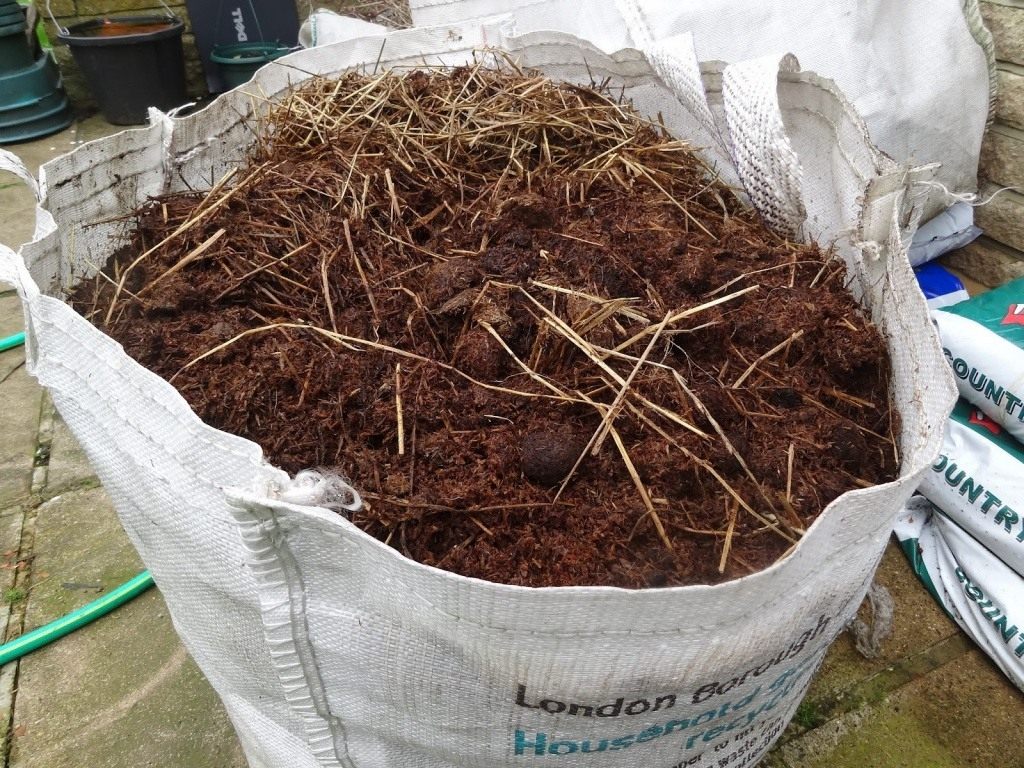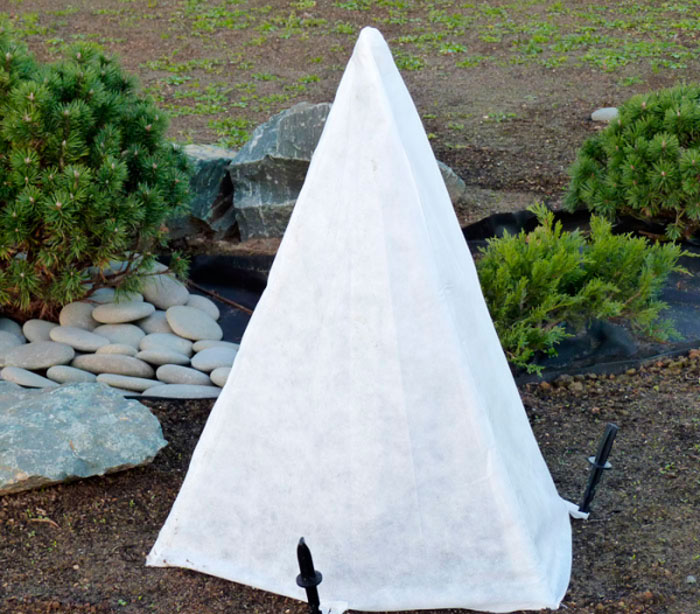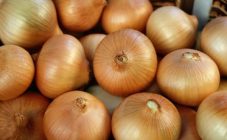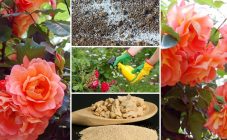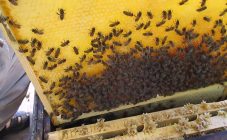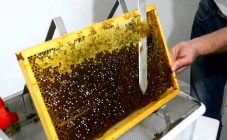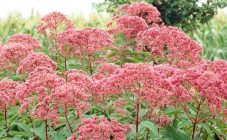Content:
Roses have been the favorite flowers of many summer residents for a long time, despite the painstaking care of them, especially during the hot summer during July-August. In addition, in the last summer month, you need to start preparing the bushes for the transition to winter mode. This means that flowers at this time require special feeding and keeping conditions.
General information about growing roses outdoors
Regardless of the variety, the rose loves loose, soft, fertile soil with an optimal acidity of 6-6.5 pH. In such conditions, English varieties with unusual names grow especially successfully:
- Benjamin Britten;
- Pat Austin;
- Winchester Casidral.
They have large buds and a delicate fruit aroma, and the bush is 150 cm in diameter.
General landing rules:
- It is not recommended to plant roses in open sunlight, otherwise their color will fade and the petals will wither.
- It is better to plant shrubs in a shaded part of the garden, next to tall fruit trees or near a fence.
- Before planting, the seedlings are prepared. To do this, long roots are partially cut, and dry ones are cut completely without touching the filamentous processes.
- If the land is in an area with a large admixture of clay, river sand mixed with decayed leaves is added to the prepared hole before planting.
These general principles can be followed when planting rose bushes in July and August.
Features of caring for roses in summer in July and August
Caring for roses in summer requires close attention from the gardener. The most picturesque flowering of rose bushes begins in July. At this time, you need to remove wilted buds, cutting them off above the flower bud so that the shamrocks growing in the axils of the first five-leafed leaf remain. The same procedure can be carried out in June.
After the appearance of the first inflorescences and the initial pruning of the rose, you need to feed it with nitrogenous fertilizers. Watering should be frequent and generous enough, especially during periods of maximum heat.
If the shoots have reached 1 m, you need to tie the shrub to a support to avoid damage from gusts of wind. In addition, at any time it is important to protect the rose from various diseases and pests. When the first symptoms are found, for example, black dots or traces of powdery mildew, the diseased foliage is cut off, and the bushes are sprayed with a fungicidal solution.
July is considered a good month for grafting. For this purpose, after the first flowering, young shoots are cut off, which can be rooted.
What else needs to be done in July:
- Water in the evening (at least 10 liters).
- Feed (for example, leaf humus or chicken droppings).
- To carry out reproduction (for this it is not recommended to use shoots located in the lower part of the stem, since they have a low viability).
- Remove faded buds (this will help the roses to channel all their energy into the flowering of new shoots).
In August, the rose bushes re-bloom. Flowers appear on all shoots, both old and those that emerged from grafting. Young shoots that have arisen at the end of summer are considered the most valuable, since new shrubs arise from them.
If such an shoot appeared in the second half of August, it is cut off immediately so that the rose does not waste energy on its growth before the onset of winter. In climbing varieties, the shoots should not be cut off. The exception is the Rambler variety. In such roses, faded buds are completely removed. Also at this time, you need to feed the roses with a mixture of potassium and phosphorus.
Towards the end of August, they stop cutting off wilted buds, making it possible for young seeds to ripen. Subsequently, they will lead to the ripening of the shoots.
If August is hot enough and without optimal rainfall, then watering should be as frequent as in July.
Before fertilizing, it is always important to take into account the specifics of the soil on the site and the weather conditions. So, during a hot summer, fertilizers should be added in a reduced volume and with less frequency. If the summer is rainy, then feeding is done more often and in a slightly increased amount.
When transplanting, pruning and deteriorating weather, it is advisable to spray the bushes with epin, dissolving 1 ampoule in 5 liters of water.
When planting roses in August, what care should be taken? He must be very careful, preparing the flower for wintering, so every gardener should carefully consider this process. In July, the rose will have enough frequent watering and periodic fertilization.
How to care for roses in summer for abundant bloom
June is considered the month of roses for gardeners. It was at this time that they delight with bright flowering and lush buds. Therefore, most flower growers think about how to care for roses in the garden in the summer so that they bloom more beautifully.
Summer care includes:
- correct loosening;
- regular watering;
- removal of dry and affected shoots;
- fertilization.
In early June, the first buds appear on the roses, so it will not be superfluous to apply organic fertilizers under the bushes (manure, chicken droppings mixed with manure). In the first decade of the month, calcium nitrate or albumin mixed with mullein, chicken manure or herbal infusion is added to the soil. All mixtures are made at the rate of 1 tbsp. spoon for 10 liters of water.
7 days after this type of feeding, fertilizers are applied with a double superphosphate extract (100 g), which is poured into 1 liter of hot water. After that, let it brew for 3-4 hours, filter and dissolve in 10 liters of water. Before processing roses, it is better to add 20 g of potassium nitrate to the mixture. It is necessary to spray until the entire surface of the leaf is completely wet.
In the middle of the month (before the beginning of flowering), useful trace elements (1 tablet), potassium (30 g) and magnesium sulfate (10 g) are added to the water (10 l). Another option: dissolve 1 tablet of microelements and 30 g of potassium magnesium in 10 liters of water.
After another week, it is worth carrying out extra root feeding. For its preparation, pour 2 tbsp. ash 3 liters of hot water. Then everything needs to be boiled for 10-15 minutes, let it brew and strain. The resulting solution must be diluted with another 10 liters of water. Before applying this fertilizer, it is recommended to add 1 tablet of trace elements.
How to fertilize correctly:
- Before feeding, the roses need to be watered (you will need from 5 to 20 liters, at least 2 buckets per bush, depending on the planting time). For young bushes, 0.5 buckets will be enough to avoid damaging the roots. The water temperature should not be too low, it is better to let it brew.
- All foliar dressings are used immediately after preparation.
- It is necessary to promptly treat the rose for diseases and parasites with the help of various chemicals and solutions.
In the process of trimming bushes, you should use garden gloves. This will keep both hands and the bush safe. For a neat procedure, it is better to use a sharp pruner.
Tips and tricks from experienced florists and gardeners
For the winter, it is better to build structures from plastic fruit boxes for all roses. To begin with, the bushes are pruned (the method depends on the variety), then they lightly huddle the ground in which they will be located during the cold season. After that, spruce branches are laid, a box is placed and covered with a double layer of lutrasil. If you make such a shelter for the roses, then under the layer of snow the branches will not break, since the box will take over the entire snow mass. For safety, you can sprinkle the bushes with rodent poison.
Caring for roses in July and August is best done regularly and as carefully as possible. They need frequent and abundant watering just at the root to protect the delicate flower from the appearance of fungal infections. You always need to make sure that the ground is properly moist and loose.
The first fertilizer is applied in the spring after pruning. Usually, 3 kg of settled manure is spent on 1 bush. As soon as the first shoots appear, 3 liters of this mullein are poured under each bush. When applying this fertilizer, it is worth remembering that it must be at least 10 ° C outside.
The next fertilizer is applied when buds appear. For this, mullein is also used in identical proportions. Subsequent dressings should contain minerals, and they are applied after the initial and re-flowering.
In the process of regularly pruning the buds, you need to be careful not to damage the quinfoil. This must be done so that young shoots begin to bloom. In addition, such pruning will allow you to get rid of various summer pests, for example, rose aphids or larvae of a rose sawfly, and in the event of the appearance of the last parasites, the shoots will have to be removed entirely.
It is better to purchase healthy seedlings, which have 3 young shoots and a strong rhizome. Before planting in the ground, the roots are left for one night in a clay mash. So they are saturated with nutrients and moisture, which will give them a good impetus to growth.
The rose is placed so that the grafted area sinks into the soil by 3-4 cm. Further, the roots are covered with earth and watered. Everything that remains on top of the plot is cut off and earthed at a height of about 30 cm.When the first shoots appear, the excess soil is carefully cleaned off. In July, the bush is fertilized with phosphorus chemicals, and in August - with the addition of potassium. This will prepare the shrubs for the long autumn and winter cold.
To make planting roses a joy, consider the following:
- There must be enough space for roses (minimum 7 m).
- When covering roses in late August - early September, you should always leave enough space for the bushes for air to enter.
- In spring, they need to be opened in a timely manner and immediately sprayed from aphids and the first fertilizer applied.
- For more vibrant colors, you can spray the bushes with zircon and add a growth stimulant.
- If spots or dots appear on the leaves, they must be urgently cut off and burned so that the spores of diseased foliage do not spread throughout the site.
All these techniques will allow you to achieve abundant flowering of rose bushes.
After reading this article, even a novice florist will figure out how to care for roses in the garden in summer, autumn and spring. As you can see from the description above, today there are many ways for this flower to please with beautiful, lush flowering every year in the country. But there are key points that are unchanged for all varieties - timely watering, correct location and nutritious fertilization. If you follow this minimum of care measures, then the abundant flowering of rose bushes will not be long in coming.
